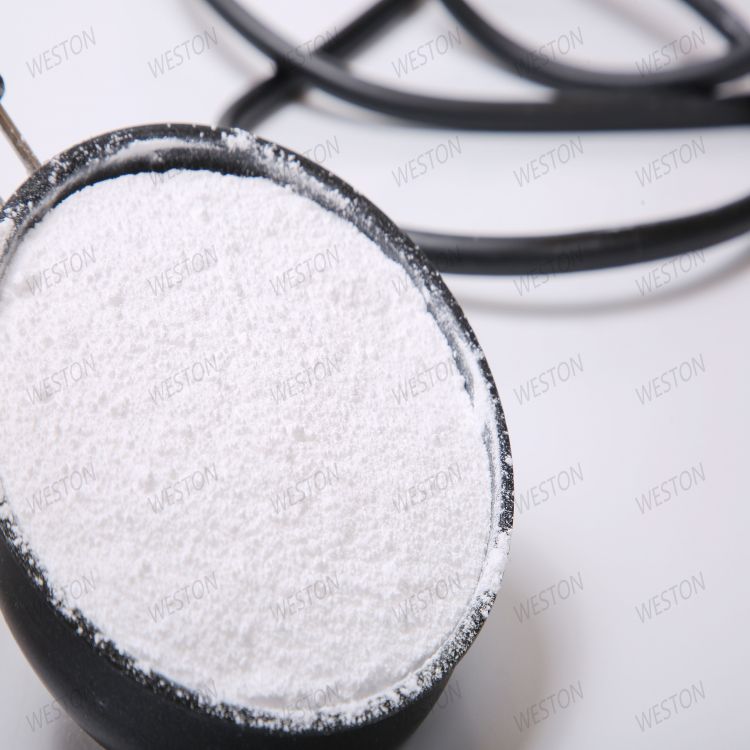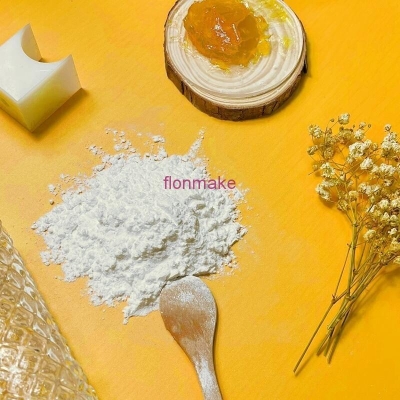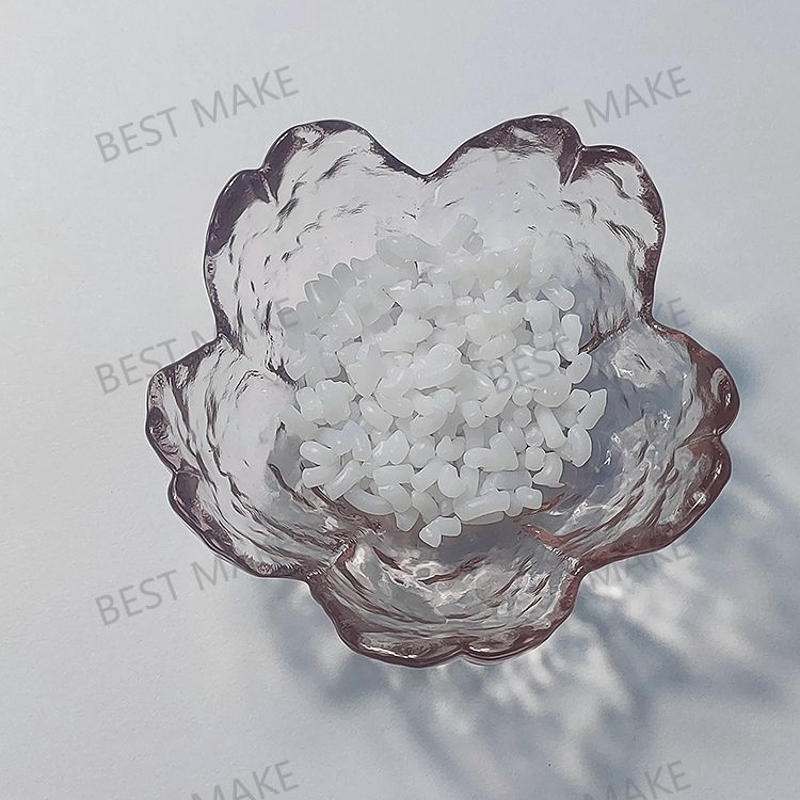-
Categories
-
Pharmaceutical Intermediates
-
Active Pharmaceutical Ingredients
-
Food Additives
- Industrial Coatings
- Agrochemicals
- Dyes and Pigments
- Surfactant
- Flavors and Fragrances
- Chemical Reagents
- Catalyst and Auxiliary
- Natural Products
- Inorganic Chemistry
-
Organic Chemistry
-
Biochemical Engineering
- Analytical Chemistry
- Cosmetic Ingredient
-
Pharmaceutical Intermediates
Promotion
ECHEMI Mall
Wholesale
Weekly Price
Exhibition
News
-
Trade Service
Carbon source utilization test
Some bacteria, such as Aerobacter, can use citrate as a carbon source.
Therefore, they can grow on citrate medium and decompose citrate to make the medium alkaline
.
The bromine thyme in the medium changed from green to dark blue following the pig indicator
.
Enzyme test
1.
Nitrate reduction test Some bacteria have the ability to reduce nitrate, and can reduce nitrate to nitrite , ammonia or nitrogen
.
The presence of nitrite can be tested with a nitric acid reagent
.
Test method: Mix 0.
2 mL each of the sulfanilic acid glacial acetic acid solution and the a-naphthylamine ethanol solution in equal amounts, add about 0.
1 mL of the mixed reagent to the surface of the liquid culture or agar slant culture, and it is positive if it appears red within 10 minutes
.
When a-naphthylamine is used for the test, the red color produced by the positive reaction fades quickly, and the result should be judged immediately after adding
.
An uninoculated medium tube must be used as a negative control when performing the test
.
2.
Urease test Some bacteria can produce urease, which decomposes urea to produce 2 molecules of ammonia, which increases the pH of the medium and the phenol red indicator turns red.
See color picture 3
.
Test method: Pick out the bacteria to be tested and inoculate it in liquid culture medium, shake it, and incubate at (36±1)℃ for 10min, 60min and 120min, and observe the results respectively; or spread and puncture the agar slant to inoculate, do not reach the bottom, Leave the bottom as a color change control
.
Incubate for 2h, 4h and 24h respectively to observe the results, if negative, continue to culture until the 4th day for final judgment
.
3.
Oxidase test Oxidase is cytochrome oxidase.
The oxidase first oxidizes cytochrome c, and then this oxidized cytochrome c oxidizes p-phenylenediamine to produce a color reaction
.
Test method: Add 1 to 2 drops of reagent on the agar slant culture or the colony on the agar plate, or spread the colony on the oxidase test paper with an inoculating loop, the positive will turn blue within 30s, and the negative will have no color change
.
Take care to avoid iron-containing substances
.
4.
Gelatin liquefaction test Some bacteria have gelatinase (also known as proteolytic enzyme), which can first hydrolyze gelatin into polypeptides, and then further hydrolyze into amino acids, losing gel properties and liquefying
.
Test method: Pick 18-24h culture, puncture and inoculate a larger amount of gelatin to about 2/3 of the depth of the upper layer or spot it on a plate medium
.
Incubate at 20-22°C for 7-14 days
.
5.
Coagulase test Pathogenic staphylococci can produce two kinds of coagulase: one is combined with coagulase, which binds to the cell wall, so that fibrinogen in the plasma becomes fibrin and adheres to the surface of the bacteria.
Measured by the slide method; the other is free coagulase secreted outside the bacteria
.
The effect is similar to the prothrombin substance, which can be activated by the synergistic factors in the plasma to become a thrombin-like substance, and the fibrinogen becomes fibrin, so that the plasma coagulates, which can be measured by test tube method
.







